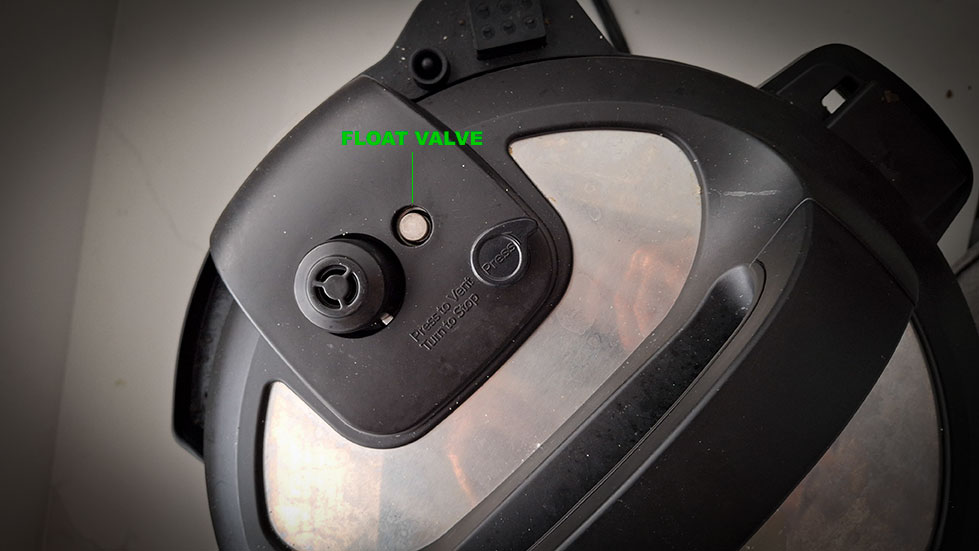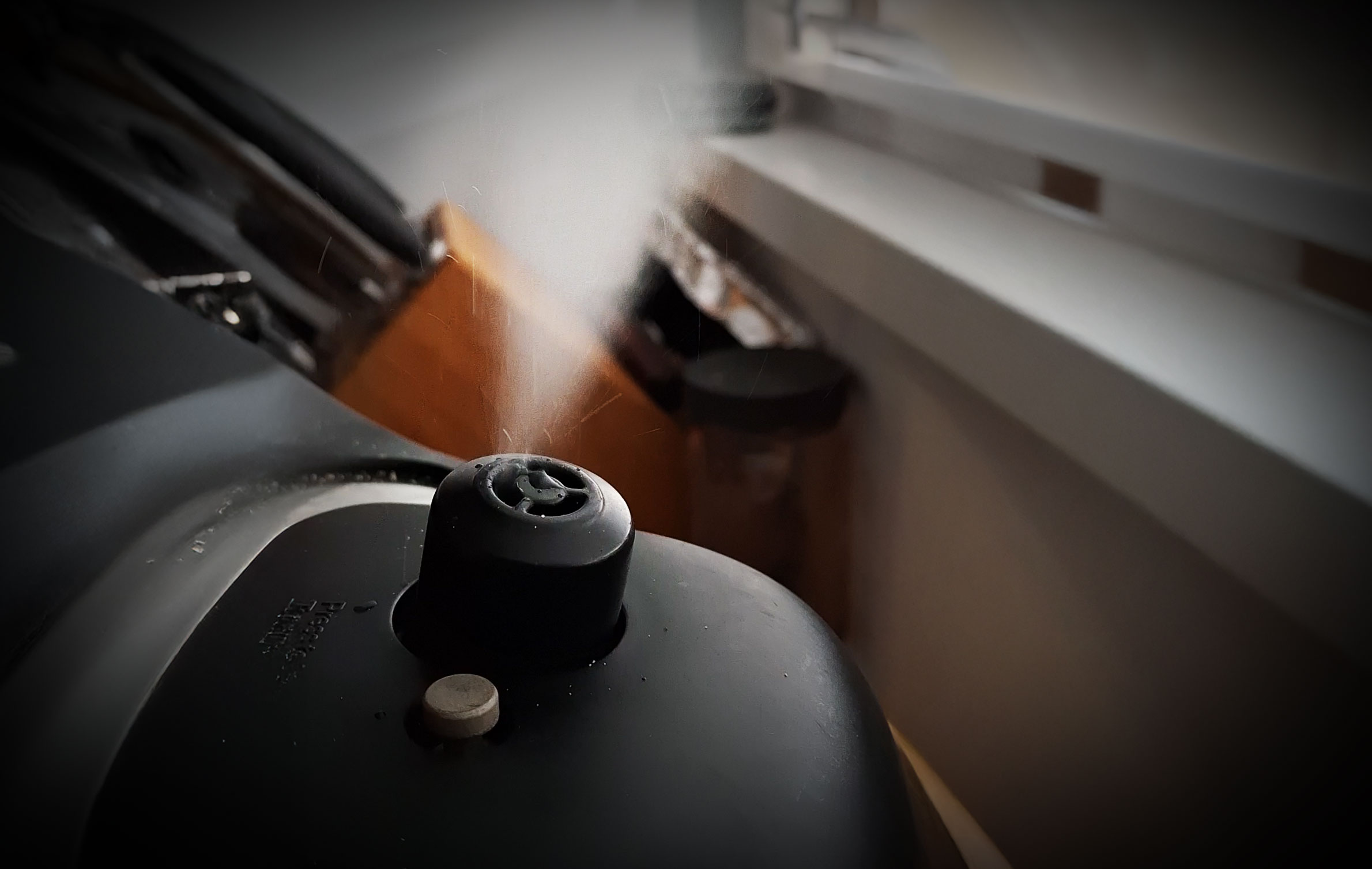If steam is escaping from your Instant Pot during cooking, it doesn’t always signal a problem. In fact, steam release is often a normal part of the cooking process. Understanding when it’s expected can help you distinguish between natural behavior and potential malfunctions. In this guide, we’ll walk you through situations where steam leakage is normal, potential causes of issues, and steps to troubleshoot.
For example, Sarah, an avid home cook, noticed steam leaking from her Instant Pot while cooking a batch of hearty vegetable soup. She worried that something was wrong with her device, but after checking the user guide and confirming the conditions under which steam release is normal, she realized it was part of the preheat cycle. With this knowledge, Sarah was able to continue using her Instant Pot without worry.
Table of Contents
- When Steam Leaking is Normal
- Steam Leaking During the Preheat Cycle
- Cooking Small Quantities of Food
- Common Causes of Steam Leakage
- Sealing Ring Issues
- Float Valve Issues
- Steam Release Handle Issues
- Next Steps
When Steam Leaking is Normal
Steam escaping from an Instant Pot doesn’t always indicate a malfunction. There are a few common situations where Instant Pot steam release problems are actually expected behavior:
During the Preheat Cycle
During the preheat cycle, your Instant Pot gradually heats up to the required pressure. As it builds steam, a small amount may escape from the float valve for up to 2 minutes. If you’re wondering why is my Instant Pot leaking steam before sealing, this is likely the reason—it’s completely normal and part of the pressure cooker steam regulation process.
Real-World Example:
John, a busy professional, uses his Instant Pot weekly. While making chili, he noticed steam escaping before the float valve sealed. Recalling what he read about Instant Pot not sealing right away, he waited, and the steam stopped shortly after. The pot sealed properly and started cooking.

Cooking Small Quantities of Food
Another situation where steam may escape from your Instant Pot is when cooking smaller amounts of food—typically around 1 to 2 cups. The pressure sensor in an Instant Pot is calibrated to detect changes based on volume and weight. When cooking light meals, the sensor may take longer to stabilize, which can result in brief steam leakage.
This can lead new users to wonder, “Is my Instant Pot supposed to leak steam during cooking?” In many cases, the answer is yes—especially with small quantities.
Real-World Example:
Emily enjoys cooking quick single-serving meals in her Instant Pot. One evening, while preparing a small batch of quinoa, she noticed steam leaking from the lid even after the countdown had started. Because she had researched pressure cooker steam issues before, she knew this was a normal reaction for smaller meals and continued cooking without concern.
Common Causes of Steam Leakage
If steam continues to escape from your Instant Pot beyond the expected scenarios, it may indicate a problem. Below are some of the most common causes of steam leaks in an Instant Pot, along with how to fix them.
Sealing Ring Issues
The sealing ring is one of the most critical components of your Instant Pot’s lid. It’s a silicone gasket that ensures an airtight seal. If it’s misaligned, stretched, or damaged, your Instant Pot won’t seal properly, and steam will escape during cooking.
Instant Pot not sealing? Here are the most common sealing ring issues:
| Issue | Possible Cause | Solution |
|---|---|---|
| Sealing ring is missing or misaligned | The ring is not seated properly in the sealing ring rack. | Ensure the ring is fully installed and seated correctly. It should be able to rotate slightly when positioned properly. |
| Sealing ring is worn or cracked | The ring degrades over time and may lose its elasticity. | Inspect the ring for cracks, brittleness, or stiffness. If damaged, replace it. |
| Sealing ring is stretched | The ring is too loose and fails to create a tight seal. | If the ring doesn’t sit snugly, it likely needs to be replaced. |
Real-World Example:
Lisa was preparing pulled pork when she noticed persistent steam escaping from her Instant Pot. After inspection, she discovered that her sealing ring was cracked and brittle from years of use. She replaced the ring, and the steam leakage issue was immediately resolved.
Float Valve Issues
The float valve is essential for pressurizing your Instant Pot. When functioning correctly, it rises and seals the lid once enough pressure builds. However, if your float valve is stuck, dirty, or malfunctioning, the pot might not reach pressure—and you’ll notice steam leaking from the Instant Pot lid or valve area.
These issues are among the most searched Instant Pot troubleshooting problems.
| Issue | Possible Cause | Solution |
|---|---|---|
| Float valve is dirty or sticky | Cooking residue can cause the valve to stick. | Clean the float valve before each use, ensuring it moves freely. Be cautious when cooking sticky foods or thick liquids. |
| Locking pin blade is defective | A faulty locking mechanism can prevent the valve from sealing. | If the locking pin is defective and your Instant Pot is under warranty, contact customer support to request a replacement. |
Real-World Example:
Tom was cooking a thick stew and noticed persistent steam leakage even after the countdown started. The float valve wasn’t rising to seal. After checking, he found that food residue had built up around the valve. A simple cleaning resolved the issue—and the Instant Pot sealed correctly on the next use.
If you’re experiencing steam release problems in your pressure cooker, always check the float valve before assuming a more serious problem.
Steam Release Handle Issues
The steam release handle (also called the pressure release valve or venting knob) controls the pressure environment inside your Instant Pot. If the handle is set incorrectly or obstructed, your Instant Pot may leak steam from the top, and it won’t come to pressure.
This is one of the most common reasons for users asking “Why is my Instant Pot not sealing?”
Megan, new to using a pressure cooker, panicked when steam started leaking from the steam release valve. After a quick check, she realized she had left the steam release handle in the “Venting” position. Once she corrected it to “Sealing,” the pot built pressure and worked perfectly.
Next Steps: What to Do If Your Instant Pot Still Leaks Steam
If you’ve checked the sealing ring, float valve, and steam release handle, but your Instant Pot is still leaking steam, it’s time to take further action. This could indicate a deeper issue with your unit that requires replacement parts or manufacturer support.
Here’s what to do next:
1. Check Warranty Status
If your Instant Pot is under warranty, you may be eligible for free replacement parts or a full replacement unit. Visit the Instant Pot website or contact their customer support team to submit a claim. Be prepared to provide:
- Model number
- Purchase date
- Description of the issue (e.g., “Instant Pot won’t seal and steam is leaking”)
2. Replace Worn Components
Over time, parts like the sealing ring, float valve, and steam release handle can degrade. If your Instant Pot has been in heavy use for a year or more, it might be time to replace key components. This is a simple and affordable way to prevent ongoing steam release issues.
3. Contact Customer Support
For persistent or confusing problems, Instant Pot customer service is a great resource. They can guide you through additional Instant Pot steam leak troubleshooting steps, recommend parts, or arrange for repairs.





